How to Read a Vernier Caliper in Millimeters
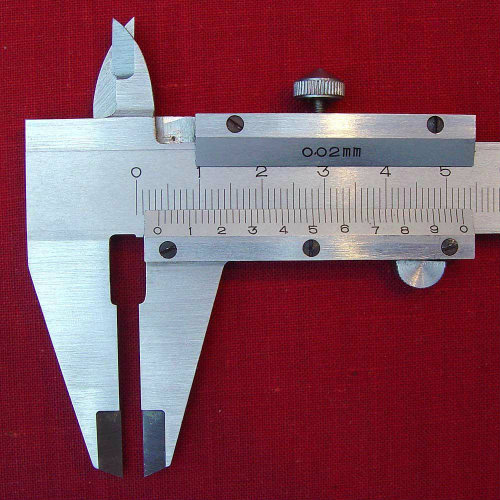
Vernier Caliper was invented in 1631 by a French mathematician named Pierre Vernier. Basically, the purpose of using a Vernier Caliper is to measure the length of round objects with the help of its jaws. There are two scales on a Vernier Caliper which are used to calculate length; the main scale and Vernier scale that slides over the main scale. Although there is no rocket science involved in the use of Vernier Caliper, but some people still find it difficult. This article will help young students in learning about the use of Vernier Caliper.
Instructions
-
1
Getting Started: The zero error
Before measuring the length of any object, make sure that both jaws of the Vernier Caliper are closed and the zero on Vernier Scale coincides with the zero on the main scale. If it doesn't, it is said to have a zero error which needs to be noted down before using the instrument. -
2
Holding the object
If there is no zero error, then start the measurement process. If the diameter of a ball is being measured, the hold it between the lower jaws. If the inner diameter is to be measured, we use the upper jaws.
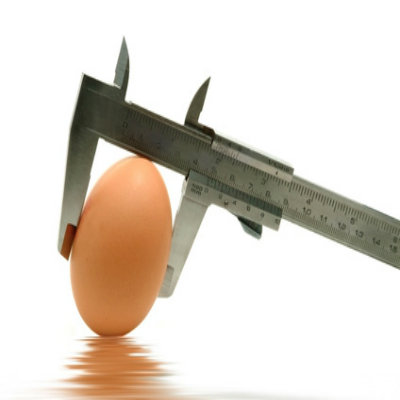
-
3
Note the readings
Once you have the object held between the jaws then note down the readings carefully.
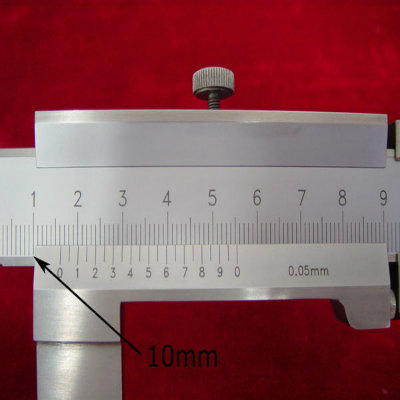
-
4
Look for Zero on Vernier Scale
The first thing to observe is zero's location on the Vernier scale. Upon observing, you will notice that it is lying somewhere between two successive divisions on the main scale.
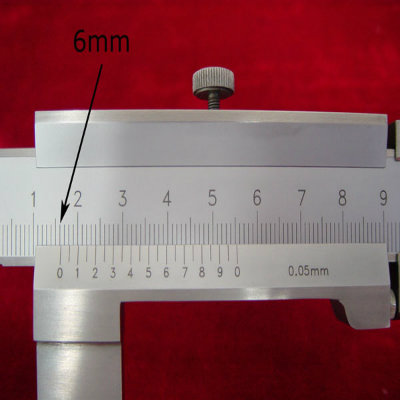
-
5
The Coinciding Vernier and Main Scale Divisions
After locating the zero on Vernier scale, we look at its right side and see which particular division on the main scale coincides with it.
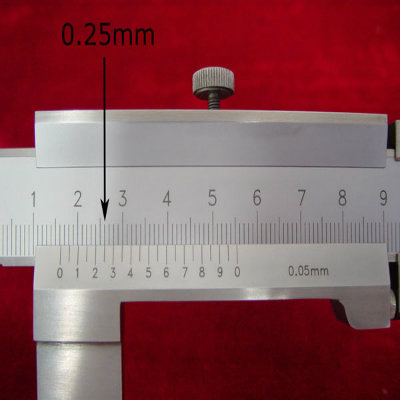
-
6
Adding the Vernier and Main Scale Divisions
Both divisions are noted down. Now the Vernier scale reading is added to the preceding division on the main scale.
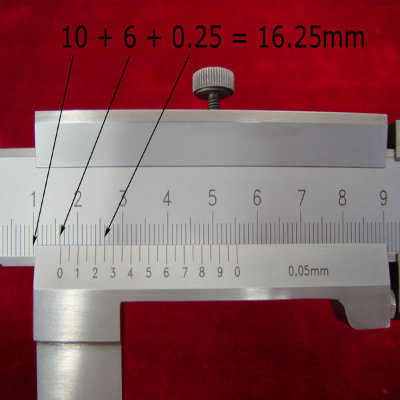
-
7
The correct length calculated
When both the readings are added, the resulting one will be our desired length of the object correct to 0.1mm or 0.01 cm.



